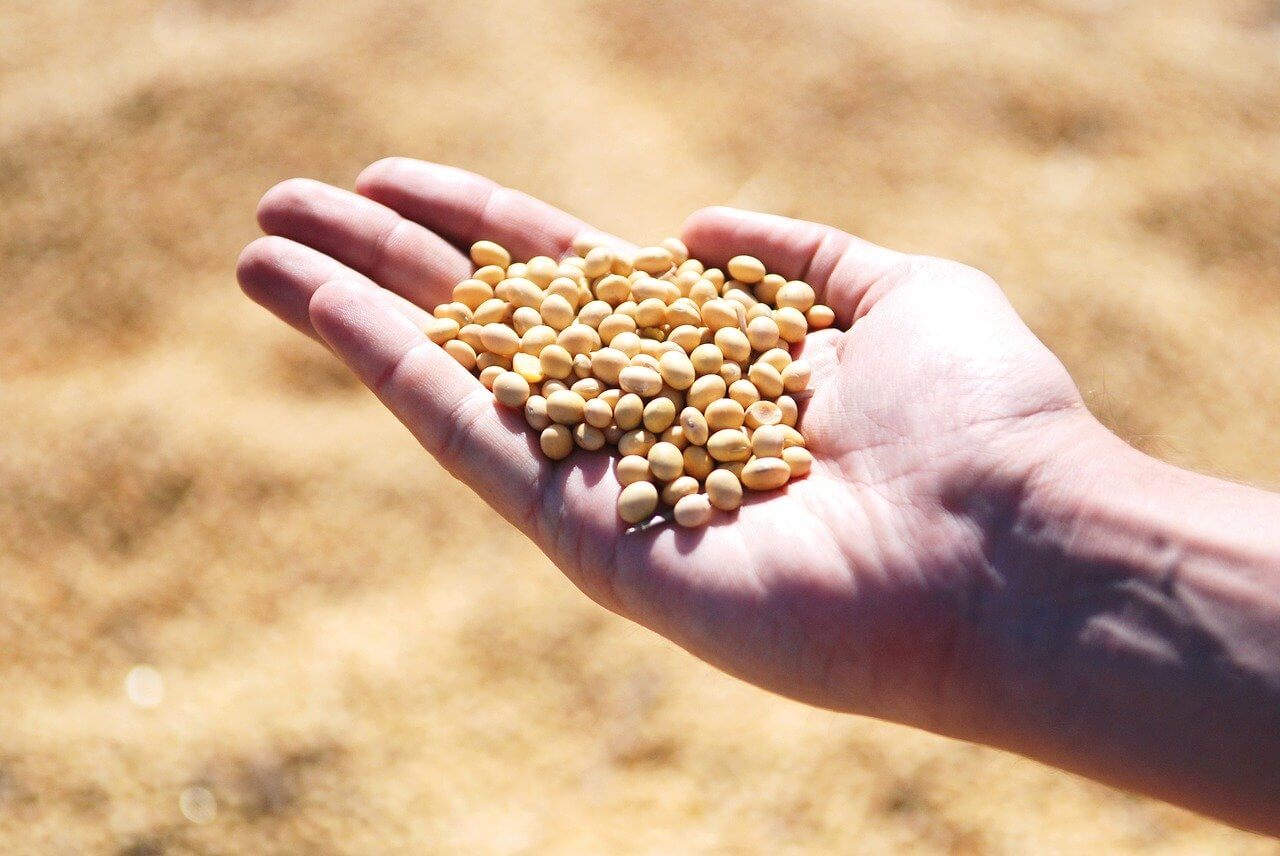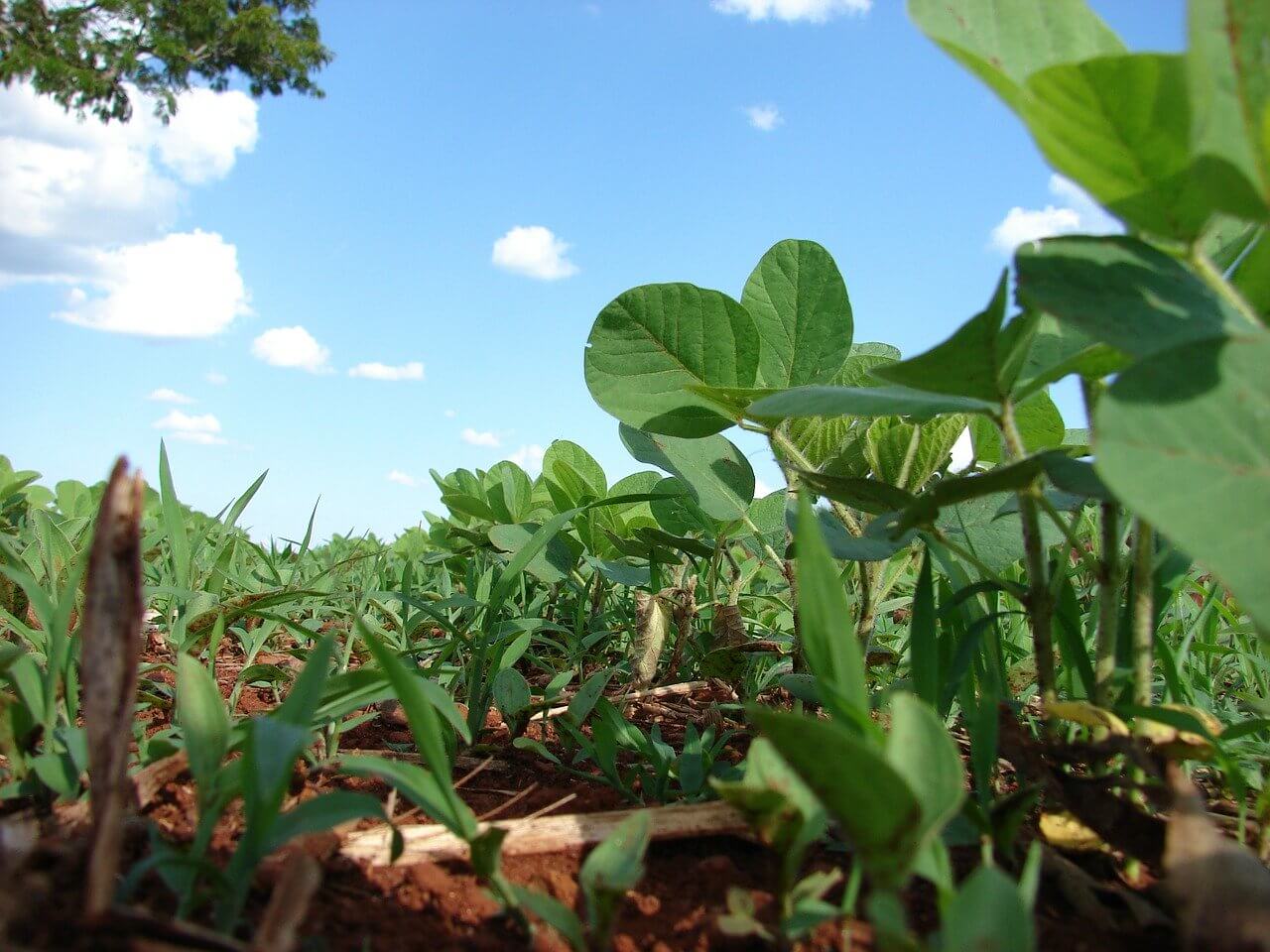If you haven’t had a lot of experience growing soybeans, you may be wondering exactly how you’ll know when they’re ready to pick. It really depends on what you want your soybeans for.
If you’re growing them to eat as beans, you’ll want to pick them while they’re still green. If you’re growing them as a commercial crop, you may want to wait until they’ve dried out and begun to turn tan or brown.
In this article, we’ll discuss the things you should look for when deciding when to harvest your soybeans. Read on to learn more on how to tell when soybeans are ready to harvest.
What You'll Learn Today
What Do Mature Soybeans Look Like?

Fully mature soybean pods should be gray, tan or brown, but the seed should not be rattling loose in the pod.
A mature crop that is ready for commercial harvest will have individual seeds or beans that are firm and oval-shaped. The moisture content of these beans will be about 13%.
When Should Mature Beans Be Harvested?
Just having some mature beans does not mean that your crop is ready to harvest. Single plants can have some mature beans and some very green beans.
When this is the case, you need to wait until all of the beans have turned color. Even then, the moisture level may still be too high for successful harvest.
Always be sure to check!
Remember that the best market moisture level is 13%. If you harvest your soybeans at a moisture level higher than that, you’ll need to have ample storage room for them with good ventilation to allow them to dry out before you deliver them to the grain elevator.
If you do have a set up that allows you to dry large amounts of grain, this can simplify your harvesting. You will be able to get the maximum yield by harvesting a little bit early and taking in beans that may still be a bit green.
The downside to this is that the vegetation may be quite wet and tough and may present a challenge.
Hot, Dry Weather Can Negatively Impact Moisture Levels

When the weather is hot and dry, your crop will naturally dry out very quickly. This can cause the moisture level to be very low even on plants that are still quite green and tough, and therefore not ready for harvest.
When this happens, you may need to wait for a rain to add a little moisture back into your plants. Then you’ll need to wait a day or two to allow the excess water to dry out so that harvesting is possible.
How To Tell When Soybeans Are Ready To Harvest
Why Not Wait Until All Of The Soybeans Are Dry On The Plant?
If you harvest your soybeans when they’re too dry, your yield will be lower because of water weight loss, shattered beans and those that are simply spilled onto the ground because they fall out of pods that are too dry.
It’s easy to see that choosing the right time to harvest your soybeans can be quite a juggling act, but harvesting at the right moisture level ensures that you get the best price for your crop. It also saves you money in terms of wear and tear on your equipment and fuel consumption.
So here it is when your journey of germinating, planting, growing and harvesting of your soybeans ends.
Frequently Asked Questions

use electrical conductivity to measure the moisture content in the beans. A sample of soybeans is typically taken and inserted into the moisture meter, which provides a reading indicating the moisture percentage.
Soybeans can self-seed if the pods dry and the beans fall out onto the ground. Even so, the success of self-seeding depends on environmental conditions, the suitability of the soil, and the availability of moisture. Of course, generally speaking controlled planting methods are better if you want to ensure optimal seed placement and to manage weed competition. A self-sowing method might be workable in a setting such as a deer plot, if the deer leave any soybeans to sow themselves!
Specific harvesting timings can vary depending on local climate conditions and equipment availability. The best time of day to harvest soybeans is typically during the morning or evening when the temperatures are cooler. Harvesting during these times helps minimize field losses due to shattering (pods breaking open and dropping beans) and reduces the risk of heat stress on equipment and workers.
It is generally advisable to harvest soybeans after a late-season rain, provided the fields have had enough time to dry out and the moisture level is within the acceptable range for harvesting. Rainfall can help improve soil moisture conditions, potentially increasing yields and reducing the risk of pod shattering during harvest. However, if the rain is excessive and the fields become overly saturated, it may be necessary to delay harvesting until the conditions improve.
Depending on your soil type, climate, and market demand, good crop choices for rotation after soybeans include corn, wheat, barley, oats, or other legume crops like peas or lentils. Talk with your local agricultural extension services or agronomists to learn about market considerations and common agricultural practices in your region.
I’ve been growing soybeans for a few months and am very excited about the first harvest.
I am so delighted my soya beans is ready to harvests this week.